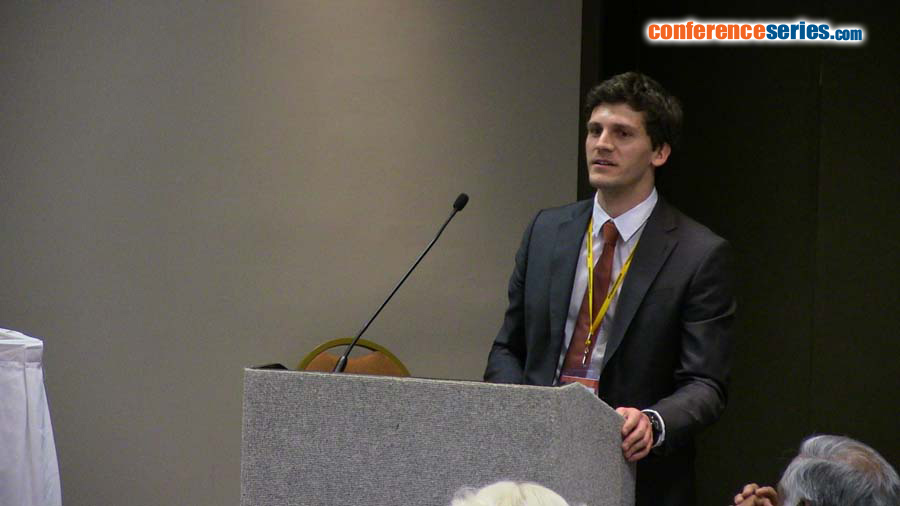Michael Schmutzer
University of Munich, Germany
Title: Cell compaction influences the regenerative potential of passaged bovine articular chondrocytes in an ex vivo cartilage defect model
Biography
Biography: Michael Schmutzer
Abstract
The loss and degradation of articular cartilage tissue matrix play central roles in the process of osteoarthritis (OA). New models for evaluating cartilage repair/regeneration are thus of great value for transferring various culture systems into clinically relevant situations. The repair process can be better monitored in ex vivo systems than in in vitro cell cultures. I have therefore established an ex vivo defect model prepared from bovine femoral condyles for evaluating cartilage repair by the implantation of cells cultured in various ways, e.g., monolayer-cultured cells or suspension or pellet cultures of articular bovine chondrocytes representing different cell compactions with variable densities of chondrocytes. I report that the integrin subunit α10 was significantly upregulated in suspension-cultured bovine chondrocytes at passage P2 compared with monolayer-cultured cells at P1 (p=0.0083) and P2 (p<0.05). Suspension-cultured cells did not promote cartilage repair when compared with implanted monolayer-cultured chondrocytes and pellets: 24.0±0.66% for suspension cells, 46.4±2.9% for monolayer cells and 127.64±0.90% for pellets (p<0.0001) of the original defect volume (percentage of defect). Additional cultivation with chondrogenesis-promoting growth factors TGF-β1 and BMP-2 revealed an enhancing effect on cartilage repair in all settings. The advantage and innovation of this system over in vitro differentiation (e.g. micromass, pellet) assays is the possibility of examining and evaluating cartilage regeneration in an environment in which implanted cells are embedded within native surrounding tissue at the defect site. Such ex vivo explants might serve as a better model system to mimic clinical situations.



